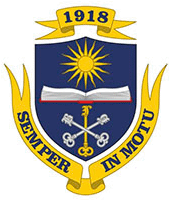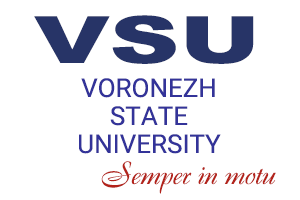Simulation diagnostic and treatment centre has been launched at the Human and Animal Physiology Department at the Faculty of Biology and Soil Sciences of Voronezh State University and the Anatomy Museum. In order to ensure the high quality of theoretical and practical training of future medical specialists in clinical subjects, the centre uses new multimedia education technologies based on training simulators, computer models, and mannequins.
“A month ago, we had a specialist who installed elaborate human body simulators. Now, we are ready to learn how to use them. We have already used some simulators at classes for students of the Faculty of Biology and Soil Sciences. This year, the graduates of the Pharmacy specialisation at the Faculty of Pharmaceutics will take a state exam aimed at assessing practical skills,” said the Head of the Anatomy Museum, Valery Sulin.
Voronezh State Medical University has a similar simulation centre. However it is more oriented on training ambulance specialist and high-tech aid.
“Simulation training is very popular today. The industry is developing very quickly. In 2017, the sixth meeting of the simulation community will be held. Many training programmes are targeted at such centres. Graduates of medical programmes will take state exams that will include demonstrating practical skills with the help of simulators. Medical specialists have to do advanced training courses. They will be organised in our simulation centre when we pass three accreditation levels. When we receive the second level we will be able to provide accreditation not only to graduates but also to working specialists,” said Valery Sulin.
The training simulators presented in the VSU simulation centre imitate physiological processes. They can be applied in all areas of medical practice and are aimed at developing basic knowledge and skills and teaching the students an ability to make situational decisions related to diagnostics and the practical activities of doctors.
The centre has over 20 simulators that can be used to practice various skills. Some of them imitate heart functions, heart rhythms, and breathing. The simulators include those that can be used to practice the skills necessary for the examination of the ribcage and abdomen, emergency aid, and nursing care, simulators for various injuries, simulators used to practice emergency aid skills and cardiopulmonary resuscitation, simulators to practice electrocardiogram skills, intubation, and cardio-respiratory system, and to practice intramuscular and intravenous injections.
“The Simulator Centre is used for classes for the students of the Faculty of Biology and Soil Sciences, the students of the master’s programme “Human and Animal Physiology”, and the special course “Functional Diagnostics”. We have all the necessary equipment for the practice of various skills by graduates of medical institutions specialising in medical care and paediatrics. The specialities “Medical Biochemistry”, “Medical Cybernetics”, and “Medical Physics” have passports that include information about the rooms where students have to present necessary practical skills for assessment,” said the director of the centre.
The nearest goals of the centre administration is to enrol new state-financed and fee-paying students (about 30). A question of entering Russian Society of Simulation Training is also being actively discussed:
“It is a promising step and it is also one of the requirements included in state standards and other recommendations by the Ministry of Healthcare. We will also need it for the accreditation in medical specialities”.








